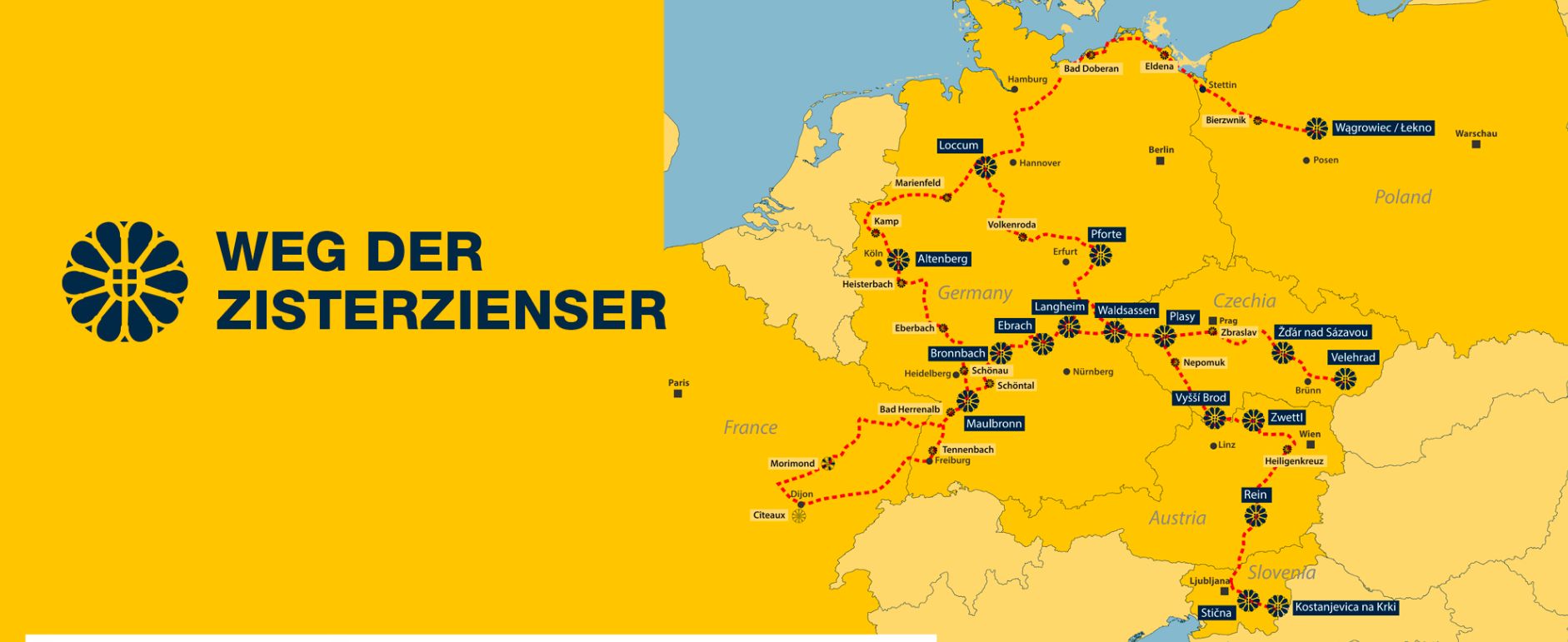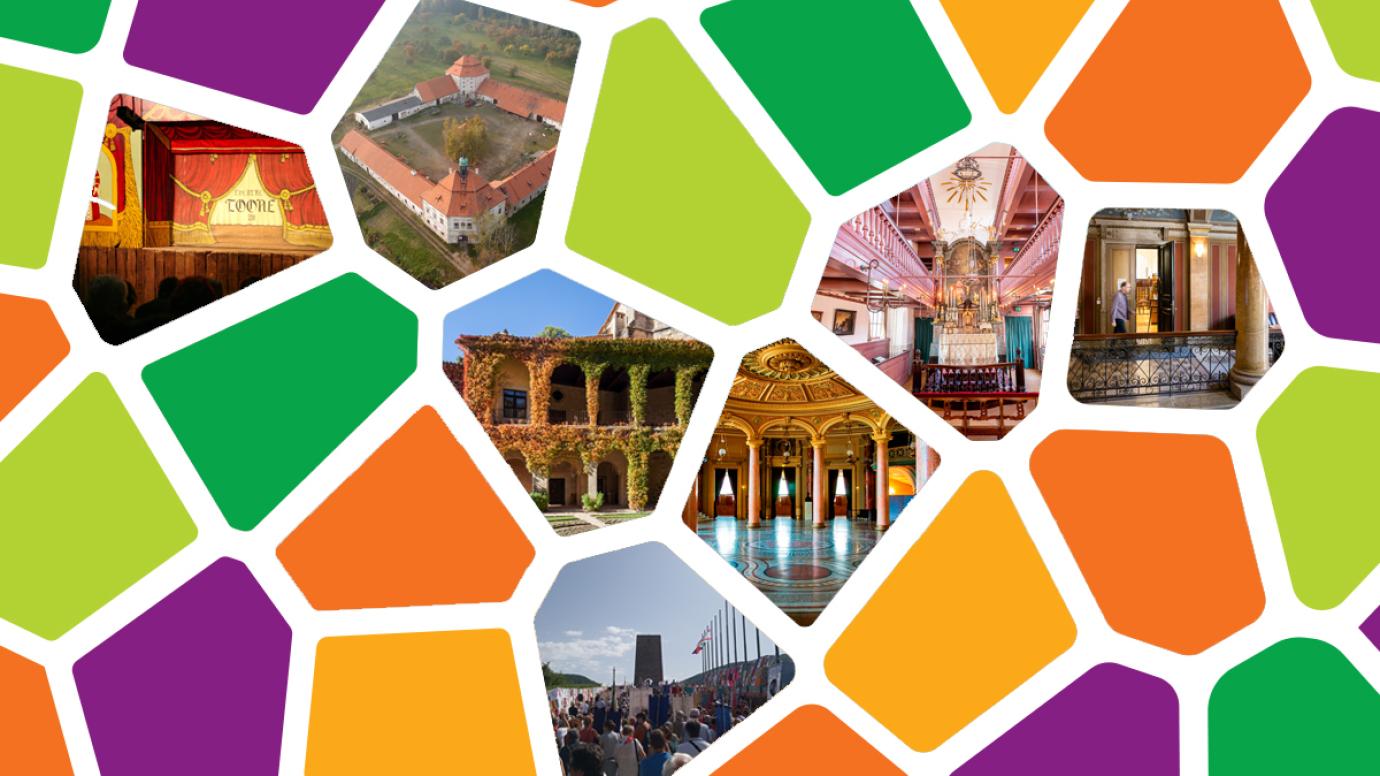News
Seven new sites receive the European Heritage Label across Europe
The European Commission awarded EHL to the sites for playing a significant role in Europe’s history, culture, and the development of the Union. Among them to project Cisterscapes with partners from Austria, Czechia, Germany, Poland and Slovenia.
The European Heritage Label (EHL) serves the purpose of enriching people’s understanding and appreciation of the diverse heritage that EU countries share. The EHL has also demonstrated its relevance in fostering intercultural dialogue and nurturing a sense of belonging to the European Union, with a special focus on young individuals. This action contributes significantly to bolstering local cultural tourism, sustainable economic benefits, and community building throughout Europe.
The following sites received the European Heritage Label in 2023:
- Cisterscapes – Cistercian Landscapes Connecting Europe (Austria, Czechia, Germany, Poland, Slovenia)
- Monastery of San Jerónimo de Yuste, Cuacos de Yuste (Spain)
- Our Lord in the Attic Museum, Amsterdam (the Netherlands)
- Royal Theatre Toone, Brussels (Belgium)
- The Kalevala- Living Epic Heritage (Finland)
- Romanian Athenaeum, Bucharest (Romania)
- Sant’Anna di Stazzema, Stazzema (Italy)
The award ceremony for the 2023 European Heritage Label sites takes place on 17 April 2024, in Antwerp, Belgium.
For further information, visit European Commission website.
About the Cisterscapes
The site Cisterscapes – Cistercian Landscapes Connecting Europe brings together 18 monumental Cistercian monasteries in six different European countries: Slovenia, Germany, France, Austria, Poland and the Czech Republic. In addition to the Stična Monastery, represented by the Slovene Museum of Christianity, the project also includes the former Cistercian monastery Kostanjevica na Krki, represented by the Božidar Jakac Gallery. For further info see here.
Since 2011, the European Commission awarded European Heritage Label to 67 in total. In Slovenia, besides the Cisterscapes, the following are EHL holders:
The Franja Partisan hospital was a secret hospital hidden in the mountains, run by partisans during World War II as part of a broadly organised resistance movement against the occupying Nazi forces, and supported by the local population. Franja Hospital is a symbol of human fortitude and medical care, of solidarity and companionship in hardship, between staff and wounded from both sides of the conflict.
Javorca Memorial Church of the Holy Spirit expresses the idea of pacifism; it is a Place of Remembrance for nations that fought on the Isonzo (Soča) Front, and a part of military landscape with war remains. Names of the fallen inside the church convey individualised remembrance, underpinning European values. Peace, human dignity and equality through respect for different cultures, religions and ethnicities are leading values of this site.
The written poem Zdravljica is representative of 1848 – the Spring of Nations or Year of Revolution, an important movement in European history. The role of literature, written in national or minority languages, in kindling nationalist feelings, and shaping demands for the removal of censorship and the right of freedom of expression, was reflected across Europe. Whilst the literary achievements of the poem’s author, France Prešeren, are of central importance to the creation of a Slovenian nation via language and literature, the poem simultaneously promoted the message of peaceful coexistence of nations. National and University Library, which holds the most important manuscript versions of Zdravljica and all printed editions, has thus become the seat of the Prešeren Zdravljica memorial site.




